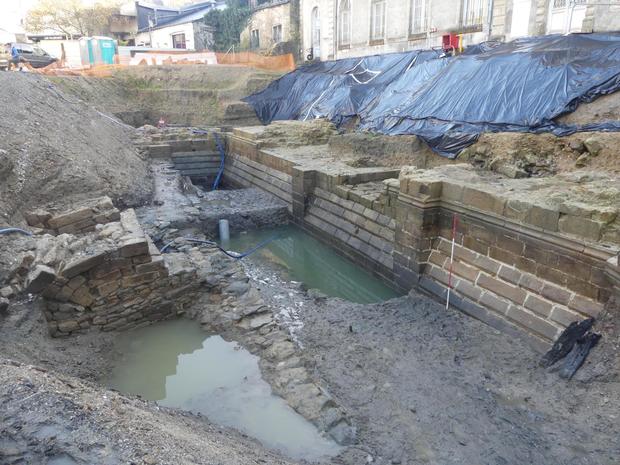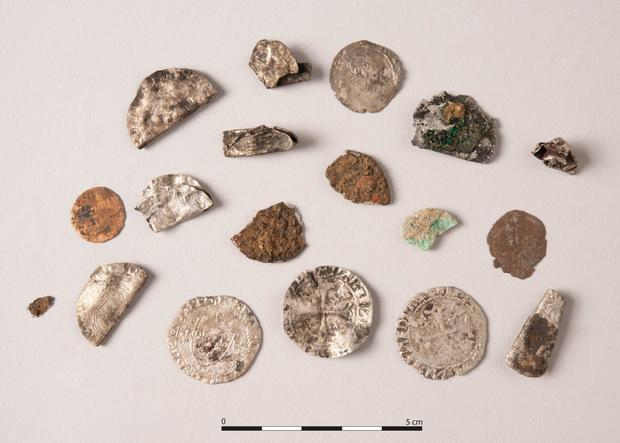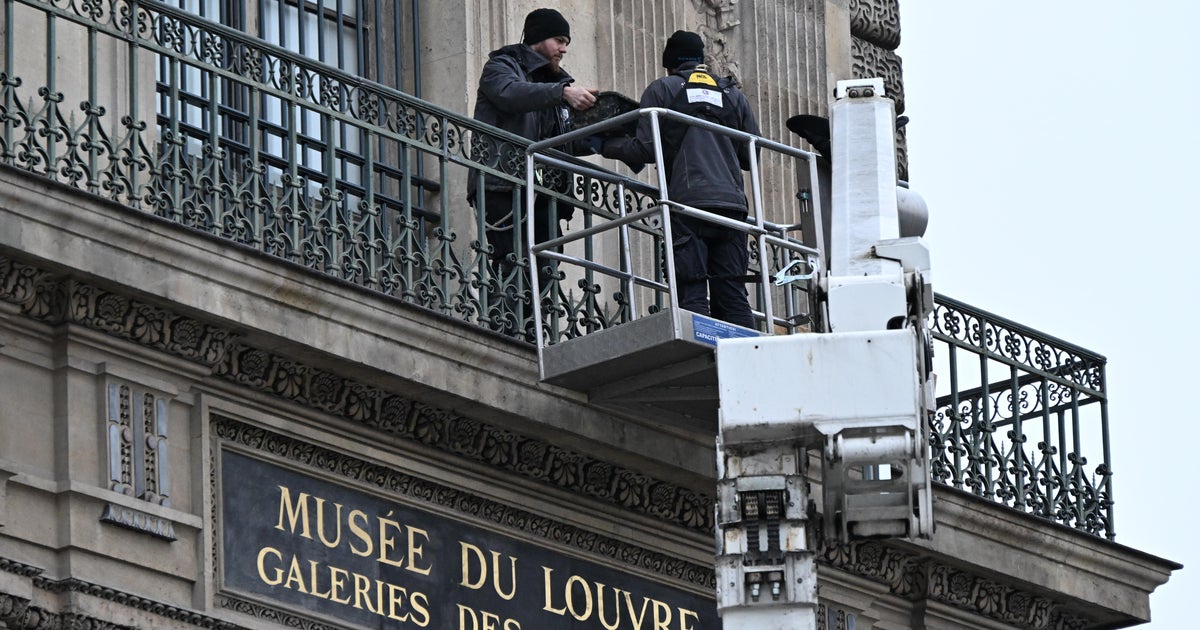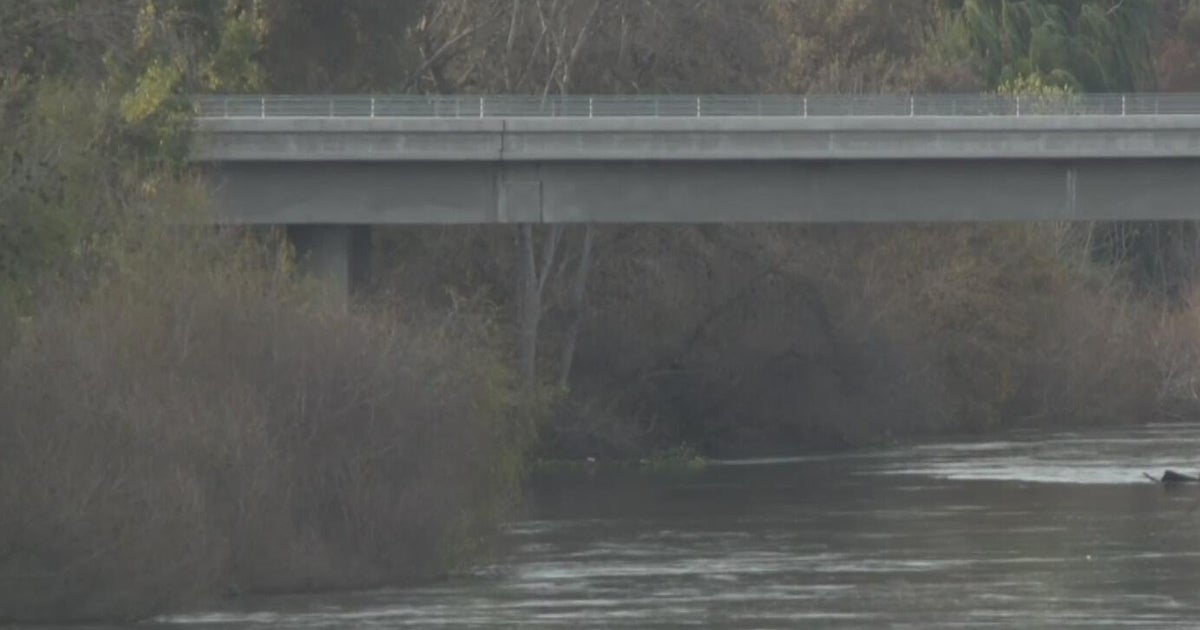Excavation at French hotel reveals a medieval castle with a moat, coins and jewelry
An excavation project in northwestern France has uncovered the ruins of a medieval castle with its moat still intact as well as jewelry and other artifacts, officials said. The castle, believed to be around 600 years old, was not unknown to archaeologist when they began a "preventative" dig on a hotel property in the city of Vannes early last year, where plans were underway to build a fine arts museum.
But the extent and impressiveness of the ruins they actually found during excavation work that took place between February and April 2023 was unexpected, said Inrap, France's national institute for archeological research, in an announcement Tuesday.
After piercing through a thick embankment in the courtyard of a former private mansion now known as Château Lagorce, excavators discovered two stories of the ancient, fortress-like castle were relatively well-preserved. The ground floor, which was at times 13 feet beneath the surface of the embankment, splayed out across the property and came to measure 140 feet long and 55 feet wide overall.
The structure was built by the Duke of Brittany Jean IV around 1380, according to Inrap. The castle was his, and the desire to build it was apparently tied to the duke's desire "to assert his power." Its advanced architecture, structural complexities and sheer size indicate that the duke took construction on this dwelling space quite seriously. Archaeologists believe that constructing it was also a highly-organized ordeal, since they discovered markings on some of the ancient stones that seemed to be workers' way of following a building plan.
Archaeologists found evidence within the bounds of the castle ruins that suggested the original structure had three, or even four, floors, like the remnants of several staircases. They described one staircase in particular as ornate and "remarkably preserved," with three distinctive steps and space for a window seat. Remains of the castle's functional elements were unveiled, too, including a set of latrines and drainage pipes on either end of the property that seemed to have been used for some of the upper floors.
Manual searches of the latrines and pipes revealed a wealth of other objects that can be traced back to the 15th or 16th centuries. Among them were coins, jewelry and cooking appliances like pots and pans, as well as wooden bowls and fragments of wooden barrels that humidity in the region helped preserve.
The excavation also uncovered a mill built into the residential parts of the castle "in a very original way," Inrap said. That mill was kept in a room inside a portion of the building that archaeologists called a "square tower," which stood at one end of the structure along the moat that encircled the entire thing. Most records of the mill have not survived the centuries but archaeologists did locate a space where a wheel was inserted into the device. That wheel was powered by water flowing through a canal that passed under the castle building, which was then released out into the moat through a grated opening in the mill room.
The team also found the remains of a bridge that would have stretched out over the moat and connected the castle to the outside world, an element that was crucial to allow castle residents to access the city, archaeologists said.










